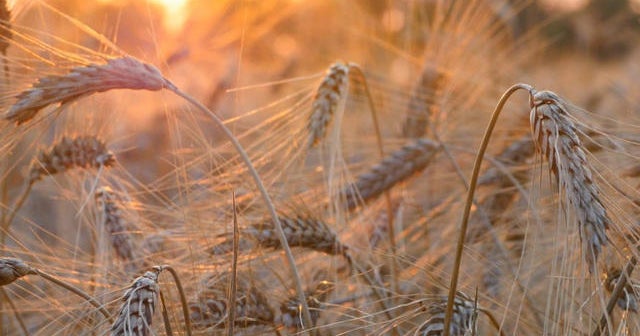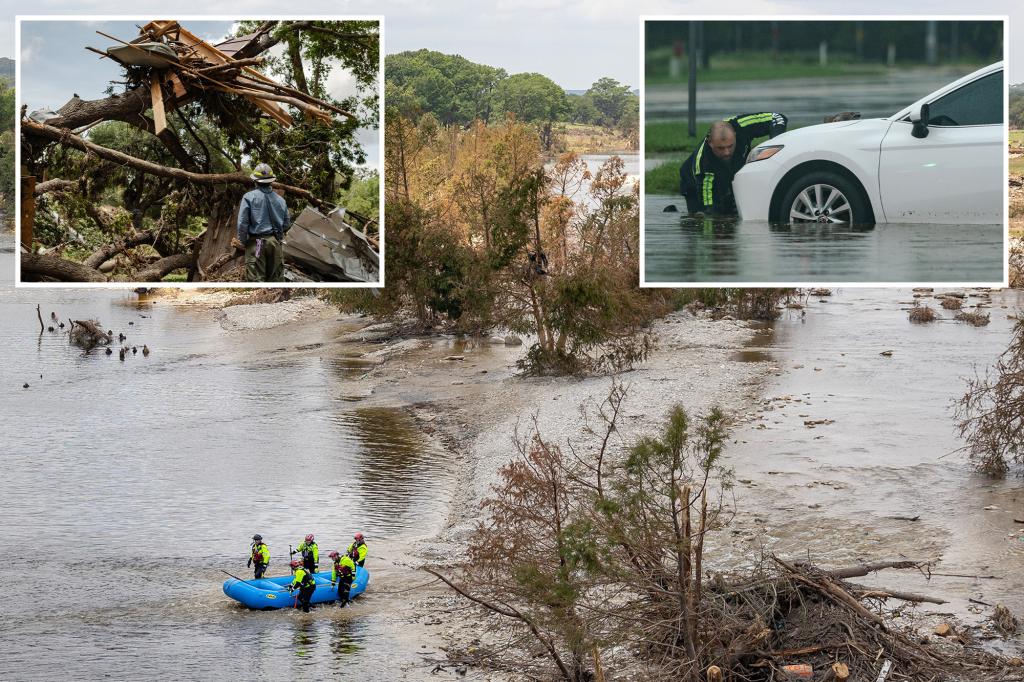Guardians of the Arctic: Safeguarding Our Future Food Sources
As the world grapples with the escalating impacts of climate change, the Arctic tundra stands at a critical juncture, a region where the delicate balance of ecosystems faces unprecedented threats. The unique agriculture of this fragile environment is not merely a local concern; it represents a crucial element of global food security. Therefore, exploring innovative strategies to protect and enhance food production in the Arctic is essential for ensuring sustainability for future generations.
The Fragility of Arctic Ecosystems
The Arctic tundra, characterized by its permafrost and unique biodiversity, plays a vital role in global climate regulation. However, rising temperatures are causing permafrost to melt, leading to the release of greenhouse gases stored for millennia. This process exacerbates climate change, creating a vicious cycle that threatens not only local agriculture but also global food systems.
Innovative Agricultural Practices
To counteract these challenges, researchers and farmers are turning to advanced agricultural techniques tailored to the Arctic environment. One such approach is agroecology, which emphasizes sustainable practices that work with nature rather than against it.
- Soil Health Management: Maintaining the health of Arctic soils is paramount. Practices such as crop rotation, cover cropping, and organic amendments can improve soil fertility and resilience.
- Indigenous Knowledge Integration: Collaborating with Indigenous communities to incorporate traditional agricultural knowledge can enhance resilience and adaptability in food production. These practices are often well-suited to local conditions and biodiversity.
- Controlled Environment Agriculture (CEA): Utilizing greenhouses and vertical farming techniques allows for year-round crop production, minimizing the risks posed by external climatic fluctuations.
Climate Resilience and Food Security
Building resilience in Arctic agriculture is not solely about enhancing production; it is also about ensuring that food systems can withstand the shocks of climate variability. This requires a multifaceted approach:
- Research and Development: Investing in research to develop climate-resilient crop varieties that can thrive in changing conditions is critical. This includes exploring native species that are better adapted to the Arctic’s unique climate.
- Infrastructure Development: Improving transportation and storage infrastructure can reduce food waste and improve access to markets, thereby bolstering food security.
- Policy Support: Governments must enact policies that support sustainable agricultural practices and provide financial incentives for farmers to adopt innovative techniques.
The Role of Technology
Modern technology is a game-changer in Arctic agriculture. Precision farming tools, such as drones and satellite imagery, are being utilized to monitor crop health and soil conditions. These technologies facilitate data-driven decision-making, allowing farmers to optimize inputs and yields while minimizing environmental impacts.
Additionally, advancements in biotechnology offer new avenues for enhancing crop resilience. Genetic modification and CRISPR technology can be harnessed to develop crops that are more tolerant of the Arctic’s harsh conditions, ensuring a reliable food source even as the climate continues to change.
Community Engagement and Education
Engaging local communities in agricultural initiatives is vital for fostering a sense of ownership and stewardship over food production systems. Educational programs that promote sustainable practices and the importance of biodiversity can empower individuals to contribute actively to the preservation of their environment.
Moreover, fostering a culture of collaboration between scientists, farmers, and policymakers will lead to more holistic solutions that address the multifaceted challenges faced by Arctic agriculture.
Looking Ahead: Future Prospects
The future of food production in the Arctic hinges on our ability to adapt to the rapidly changing climate. By embracing innovative strategies, integrating Indigenous knowledge, and leveraging technology, we can create a resilient agricultural system that not only sustains local communities but also contributes to global food security.
As guardians of this fragile ecosystem, it is our responsibility to ensure that the lessons learned today lay the groundwork for a sustainable future, where the Arctic tundra continues to be a source of nourishment for generations to come.
Conclusion
The preservation of Arctic agriculture is a complex yet essential endeavor in the face of climate change. Through a combination of innovative practices, technology, community engagement, and supportive policies, it is possible to safeguard our future food sources in this vulnerable region. The time to act is now, as the decisions we make today will shape the agricultural landscape of tomorrow.
See more Your Daily Weather



